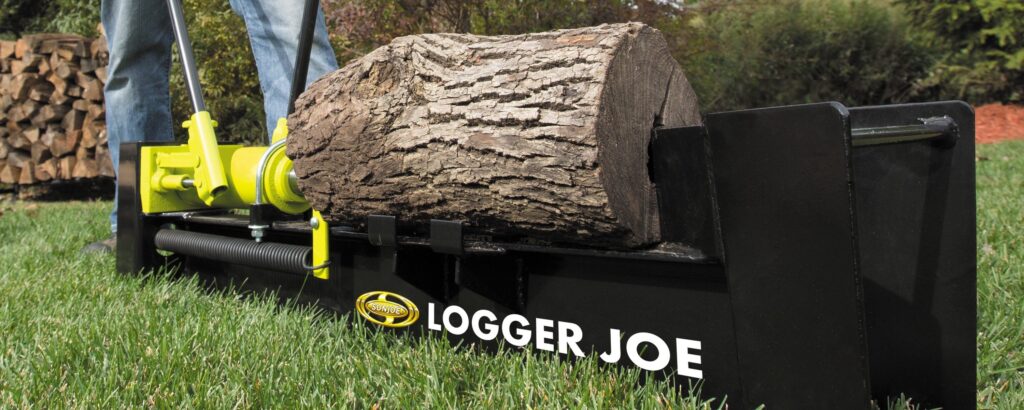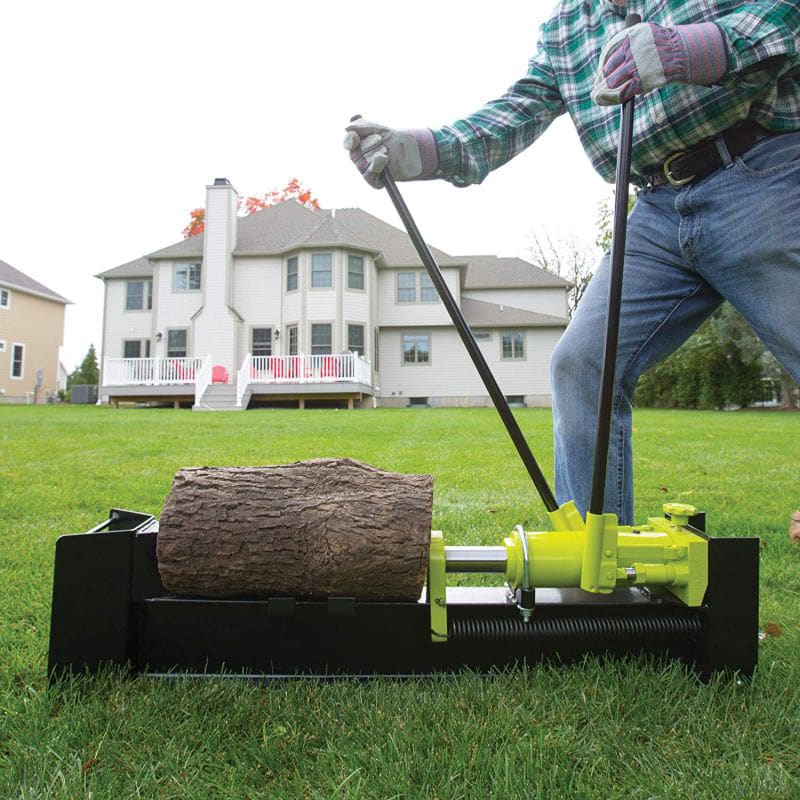Users love this commercial log splitter from Swisher for its ease of use. The 14.5-horsepower, Kawasaki V-Twin engine is capable of putting out 34 tons of force, so you never have to worry about whether the splitter has enough power to push through your logs. The cradle is also large enough to fit 24-inch diameter and 24-inch long logs – essentially, if you can pick it up, the cradle can fit it. For those logs that are too large to pick up, the splitter can switch over to vertical splitting with just a minute of adjustments and has a beam lock to improve safety and security when operating in the vertical orientation.
Users loved the electric starter on this splitter, although it is worth noting that Swisher does not include a battery so you’ll need to add this to the overall cost of the splitter. Swisher does not specify a cycle time on this splitter, but the two-stage, 22-GPM pump is on par with splitters rated for roughly 10-second cycle times – faster than even a pair of operators can keep up with.
Swisher also includes a four-way wedge with the splitter, which is extremely useful when you want twice as many smaller pieces of wood rather than large logs. Users especially liked the small lift next to the cradle, which collects split logs at an easy height to grab without bending over rather than allowing them to fall to the ground.
Users did not encounter any issues with the durability of this splitter, but several wished for a longer warranty than the two-year policy provided by Swisher considering the high price of the tool.



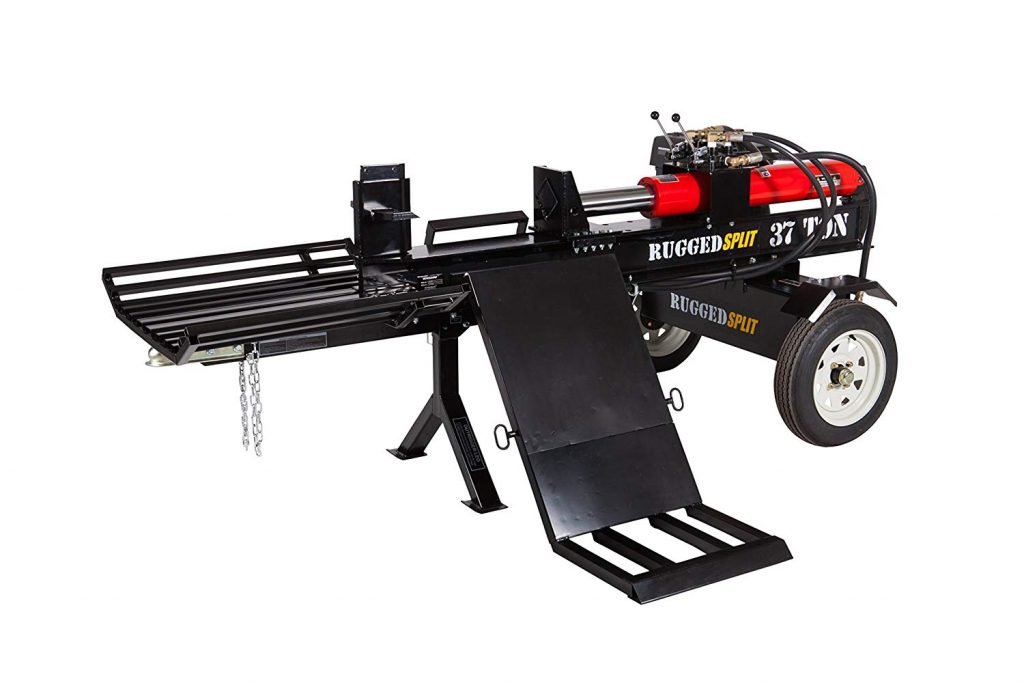
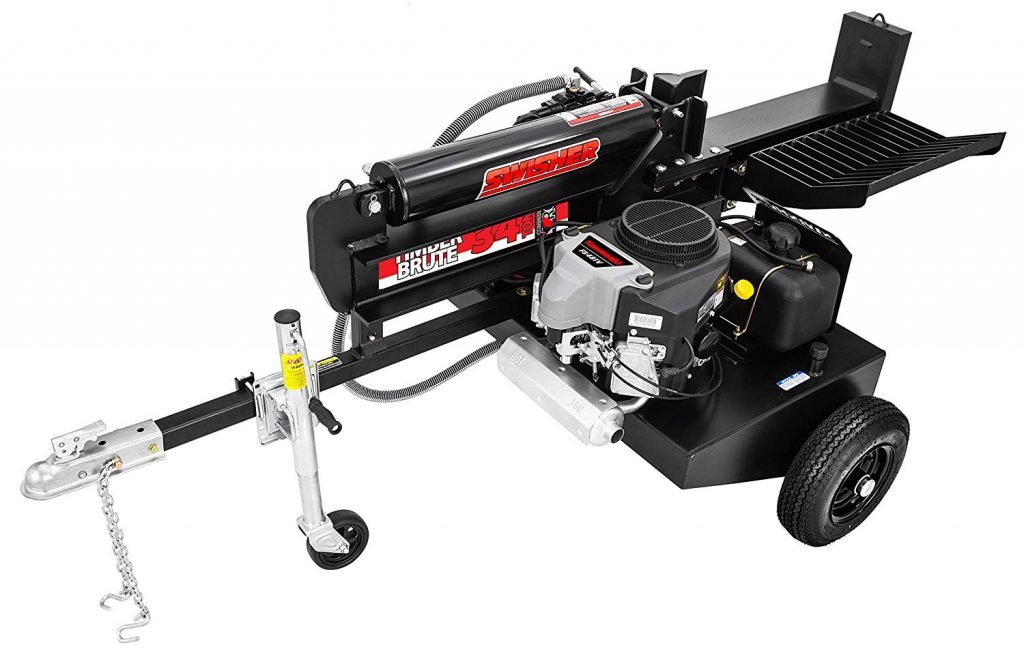


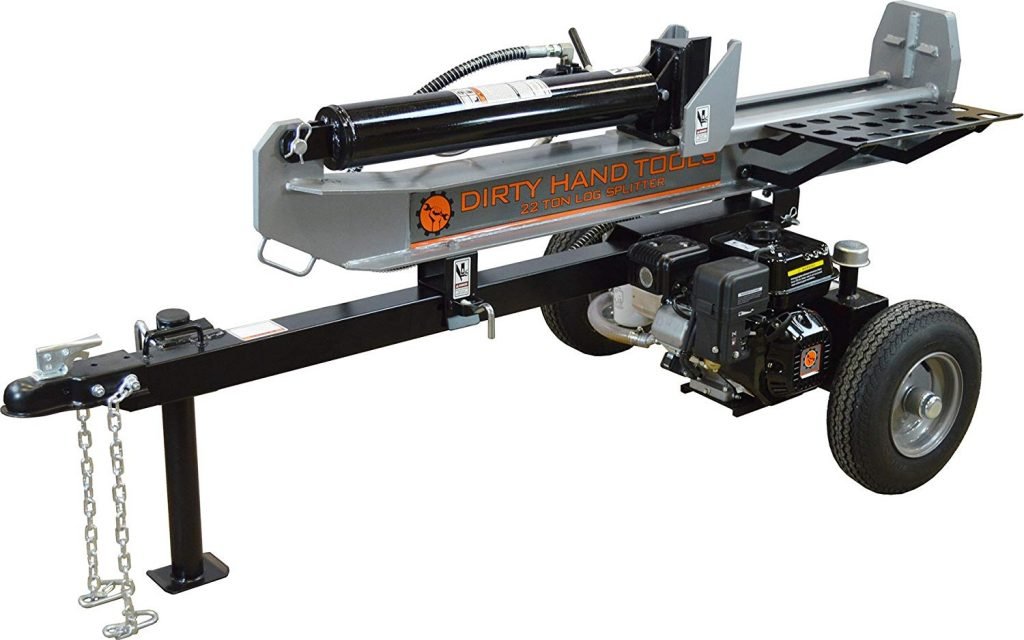
 Second, commercial log splitters are designed to make the job of splitting wood significantly easier. Whereas many residential log splitters have a manual design, which makes them exhausting to operate to produce an entire cord of wood or more, commercial log splitters are powered by gasoline or electric motors that automate the work of splitting wood. This makes the task significantly easier and less wearing on your body, which means you can work more safely and scale up your splitting operation in a single day.
Second, commercial log splitters are designed to make the job of splitting wood significantly easier. Whereas many residential log splitters have a manual design, which makes them exhausting to operate to produce an entire cord of wood or more, commercial log splitters are powered by gasoline or electric motors that automate the work of splitting wood. This makes the task significantly easier and less wearing on your body, which means you can work more safely and scale up your splitting operation in a single day.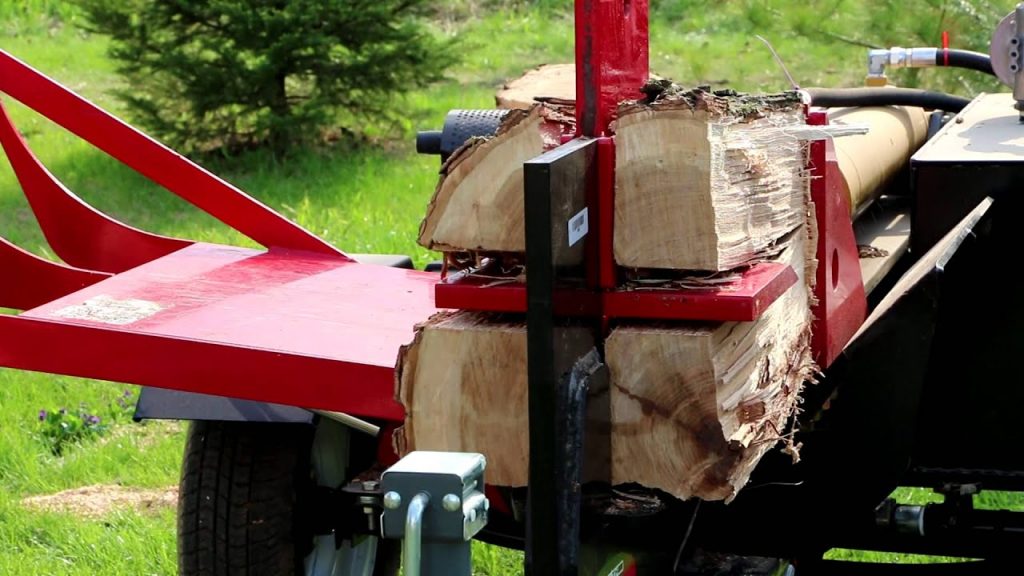 Log splitters are also limited in the length and diameter of logs they can accept based on the length and diameter of the splitting shaft. The majority of log splitters can accept logs at most 24 inches in diameter – a practical limit given the amount of force it takes to split logs larger around than this. All of the splitters we reviewed, except the RuggedMade splitter, can accept logs at most 24 inches long as well – the
Log splitters are also limited in the length and diameter of logs they can accept based on the length and diameter of the splitting shaft. The majority of log splitters can accept logs at most 24 inches in diameter – a practical limit given the amount of force it takes to split logs larger around than this. All of the splitters we reviewed, except the RuggedMade splitter, can accept logs at most 24 inches long as well – the 